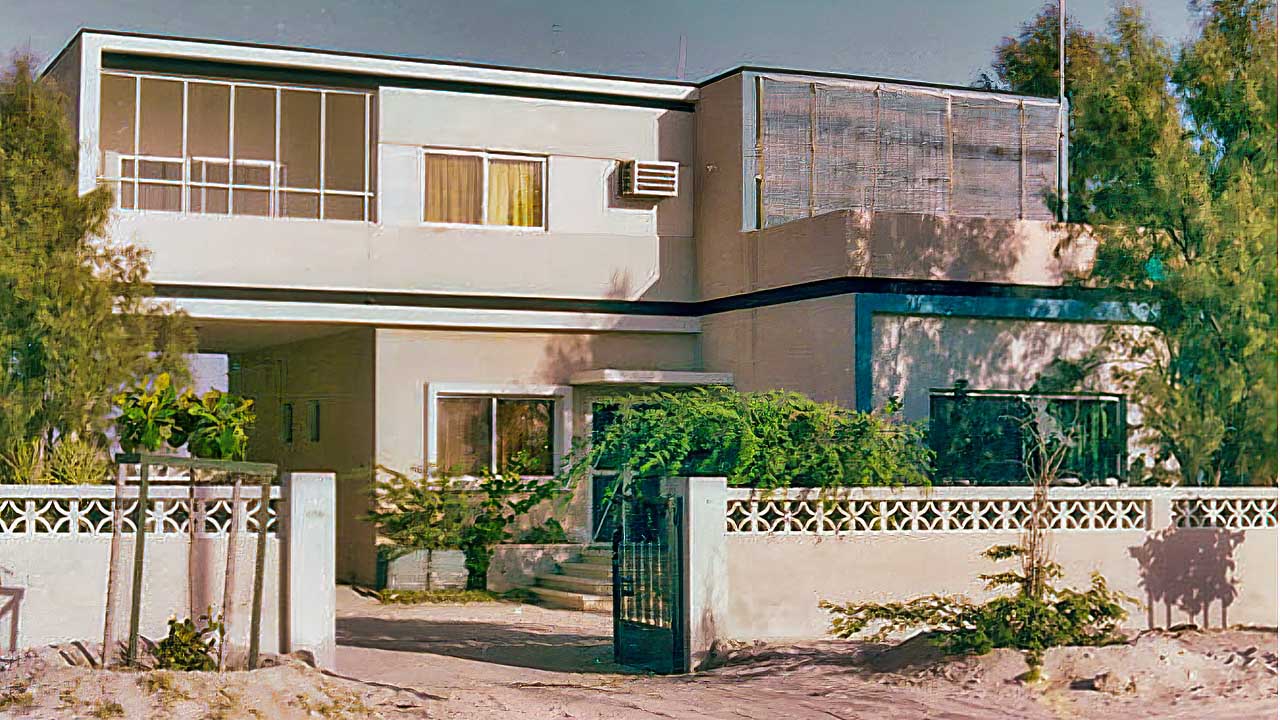
Jumeirah Beach Road House
No Greenery! Just Sand, Sand and more Sand!
1971: Dubai was sand coloured! Dubai had almost no public green areas, few trees, lawns or private gardens.
This 1971 Jumeirah Garden was entirely sand with a few Tamarisk Trees. Trees and plants didn't survive in Dubai's saline sandy soil. Tamarisk Trees did survive but killed any plant growing around them.
Almond Trees also survived but needed constant watering. Bougainvillea tolerated the sandy soil and provided limited amounts of colour.
Gardeners turned to "Sweet Soil" for help.
"Sweet Soil" is a less saline and acidic soil found in garden town of Daid. It could be purchased and transported to Dubai. Small garden beds made with sweet soil grew provided they were watered regularly. There was no guarantee of success.
Over time sweet soil became contaminated by surrounding sand and had to be replaced. Gardening required perseverance! It was frustrating and expensive.
Many simply left nature to take its course!

Growing People = Growing Green
Dubai's First Sewage Treatment Plant
A Sewage Treatment Plant for Everyone
Sheikh Rashid built the Al Aweer Sewage Treatment Plant as part of 1960s Dubai Master Plan.
By early 1970s most of Dubai's domestic accommodation was connected to the mains sewage system. This was a unique amongst Gulf Countries where communal cesspits were the norm even for new high rise buildings.
Dubai's rapidly growing population meant Al Aweer Sewage Treatment Plant processed increasing amounts of sewage. Its output of treated sewage and water increased in equal measure.
While treated water was free of health risks, it was unsuited for human consumption in the public's perception.
Dubai Municipality used this water to irrigate median strips on Dubai's new roads and public garden areas.
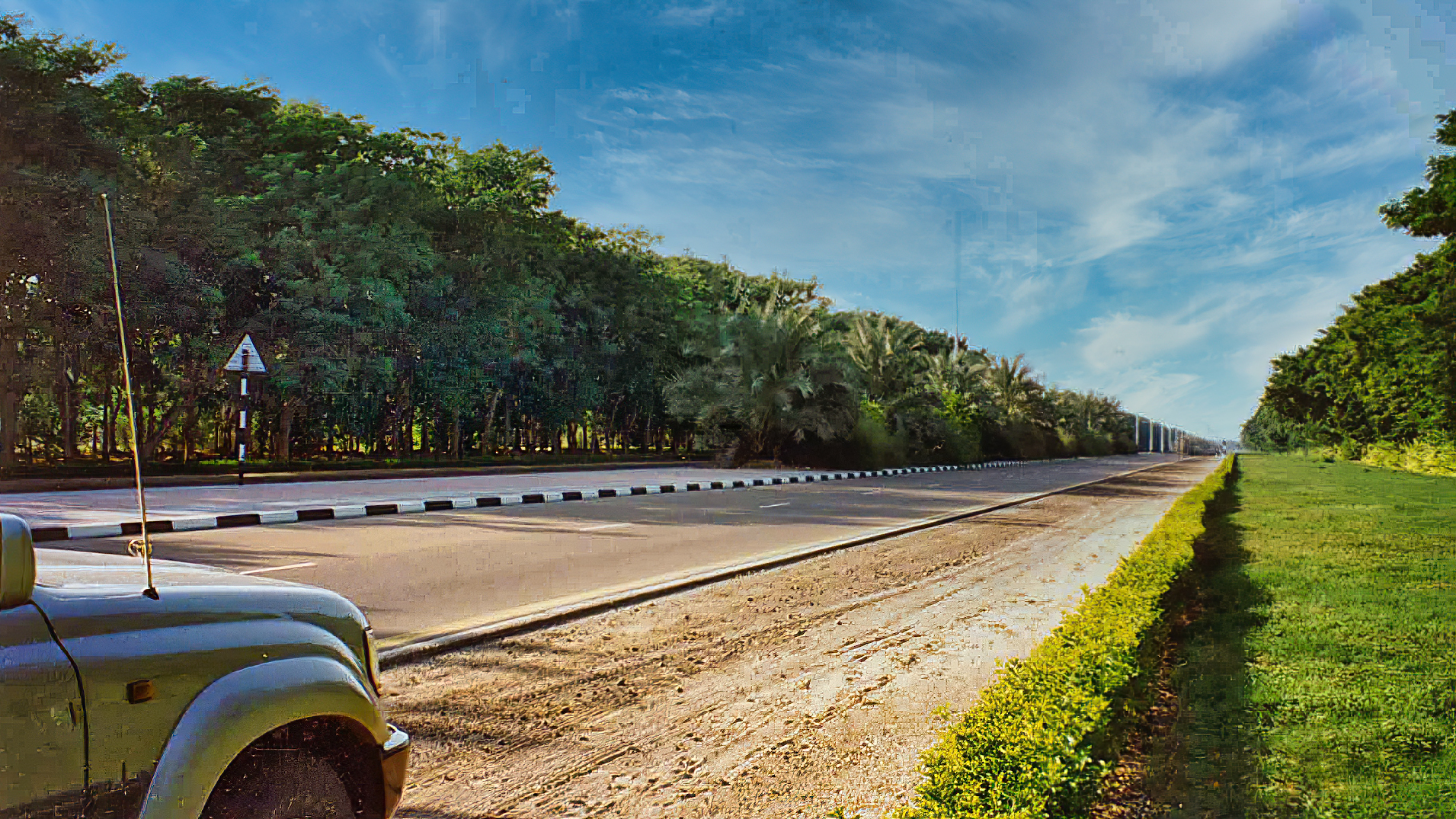
What's that Smelly BLACK Stuff??!!!
Treated sewage resembled lumps of coal! But it was like coal but with an odour!
Dubai Municipality began using this treated sewage as fertilizer for their greenery.
Soon this was made freely available to Dubai's Residents for their gardens.
Sweet soil mixed with this "home grown" fertilizer proved to be effective. Trees, plants and lawns loved it! Even non Gardeners found they could successfully grow plants and lawns using the "home grown" fertiliser and plenty of water.
Dubai Municipality grew plants and trees in their new nursery. This were made available to the Public free of charge.
As gardening in Dubai became easier, more people grew more plants and trees.
Dubai began turning green!!
By mid 1970s Dubai's Gardens began to change from Sand Pits to lush "Green" Gardens.
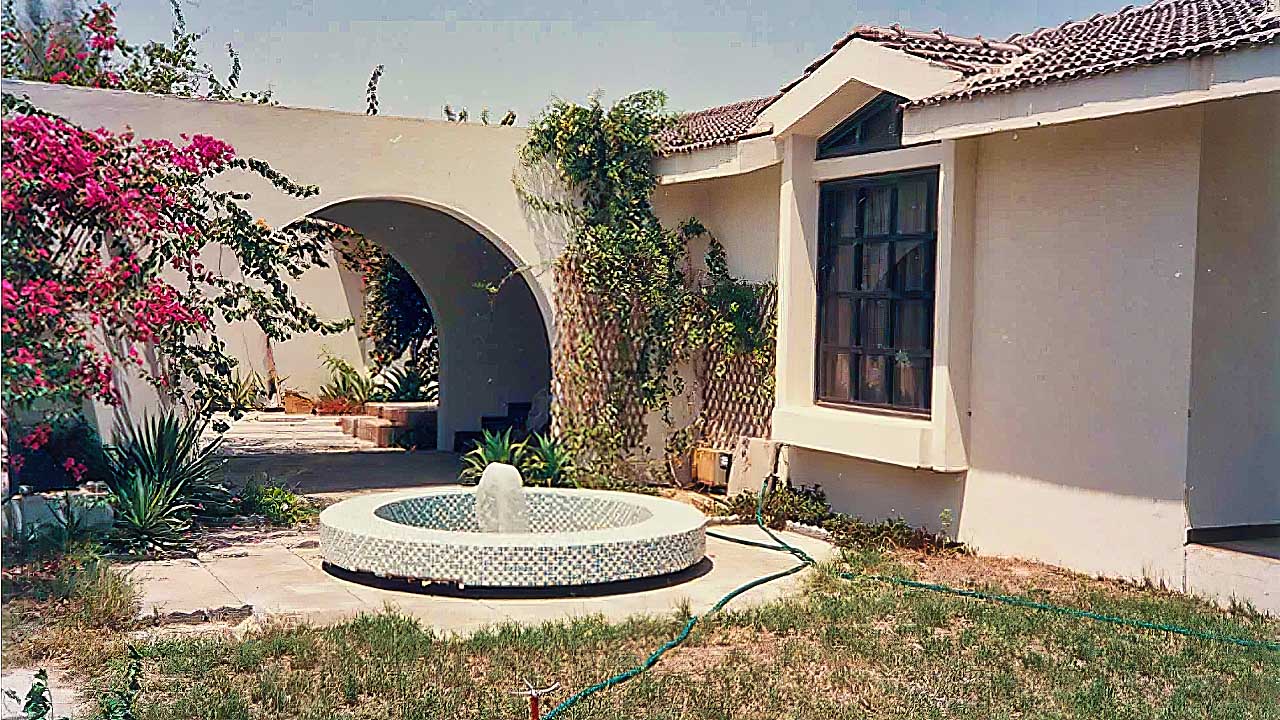
Sheikh Ahmed Villas 1986
Dubai's Gardens Grow
Dubai Municipality began developing public green areas such as Mushrif Park (1974) and Safa Park (1975)
Note: Mushrif Park has Dubai's first and (then) only public swimming pools. Dubai English Speaking School held its annual Swimming Gala there in the 1970s.
From Illegal Immigrates to Professional Horticulturists
Dubai's new gardens needed constant attention. Neglect a garden and it would soon return to a sand pit or rapidly overgrow.
Dubai's illegal immigrates found work as casual Gardeners. Many came from farming communities in their home lands. They knew how to grow things - at least most did. Unable to get regular legal work, illegal Dubai's Immigrates would go "door knocking" offering to look after the Resident's garden for a small monthly payment. Residents snapped up the opportunity to have someone water and tend their garden for a couple of hours each day at a very low cost.
Competent illegal "Gardeners." soon found themselves looking after more than one garden as "recommendations" spread by word of mouth through the Community. Gardening became a well paid occupation for illegal workers.
Then Professional Gardeners. recognised the volume and value of garden maintenance and landscaping in Dubai
These professionals started to squeeze out the Illegal Immigrant Gardeners.
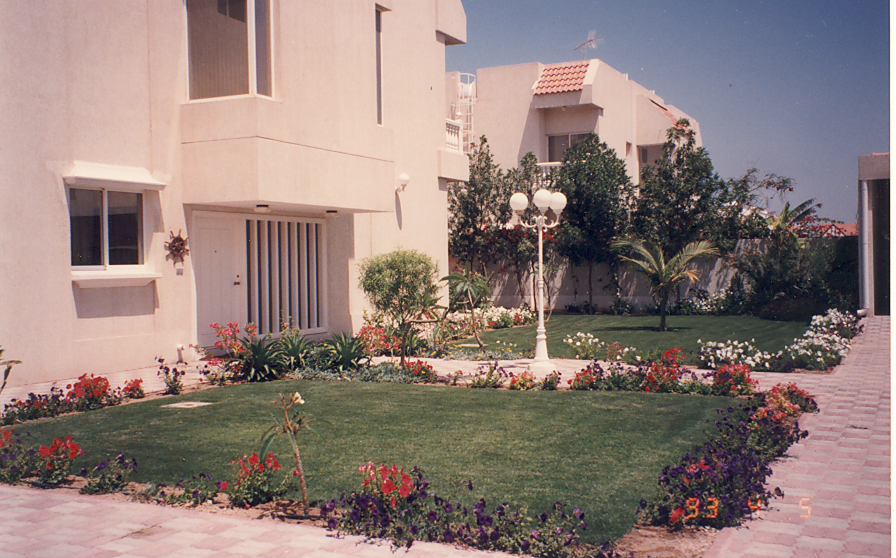
How does your garden grow?
In 1980s, Bahraini Ali Mustapha began building a detached villa complex in "out of town"Umm Sequeim.
Complex completed in 1990. Final villa's address was Number One Al Wasl Street despite not being on Al Wasl Road.
Ali was proud of his development and took a keen interest. Any Tenant keen to improve his garden received free manure from Ali's Chicken Farm in Dhaid. No 1's Tenant accepted the offer.
Soon chicken manure began arriving. Not one truck load but many bringing swarms of Flies!
Ali said they will disappear over time. They did - after months of purgatory. But Ali's Chicken Manure worked wonders.
Stick any plant into the ground and it grew!
We planted trees and palms because we liked them not expecting them to produce fruit! We were surprised when Paw Paw and Bananas appeared a couple of years later.
We also had coconuts but they never amounted to anything. Paw Paws were enormous, over a kilogramme each but had no flavour.
Bananas "disappeared" just as they were ready to be picked so didn't get to taste them. We never thought tropical fruits could grow in Dubai's desert climate! By end of 1990s, No 1 Al Wasl Road had a flourishing garden with Flame Trees offering a blaze of colour during the day and Jasmine scenting the hot, humid evenings.
Tenant No 1 Ali Mustapha Villas Umm Sequeim
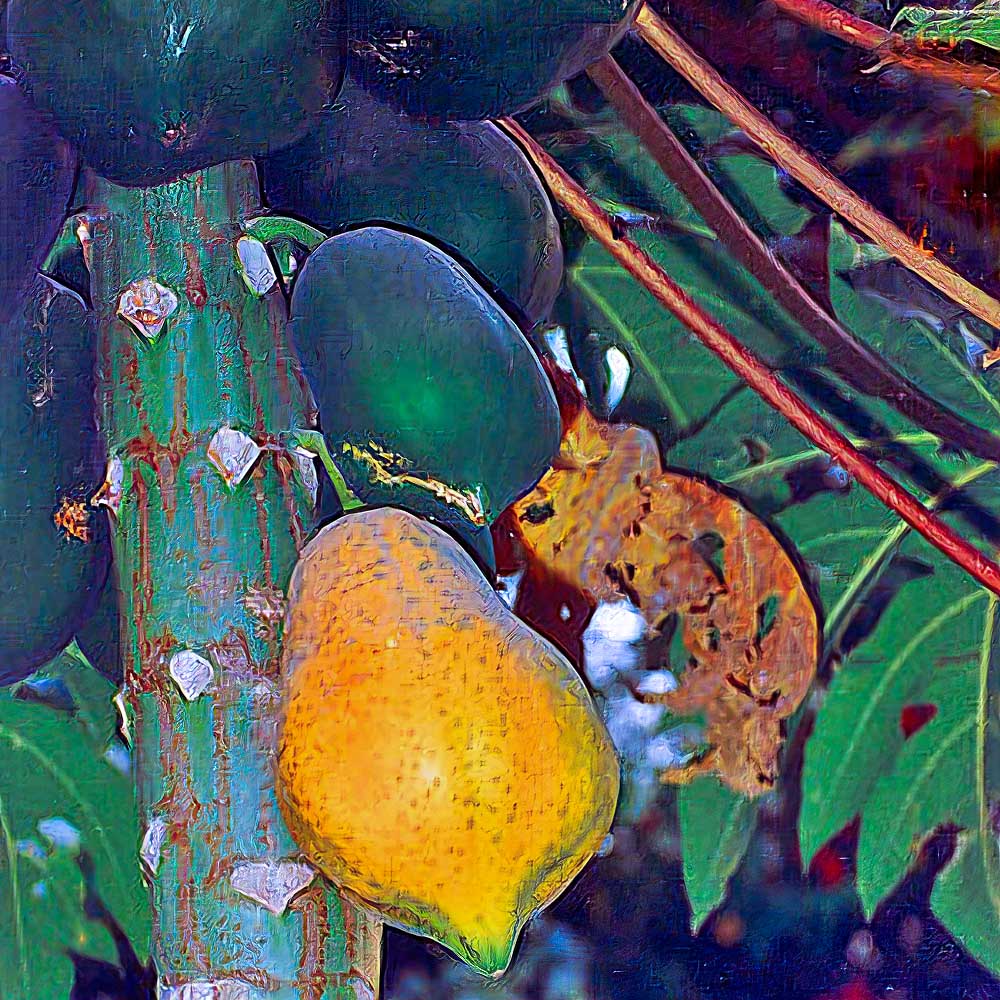
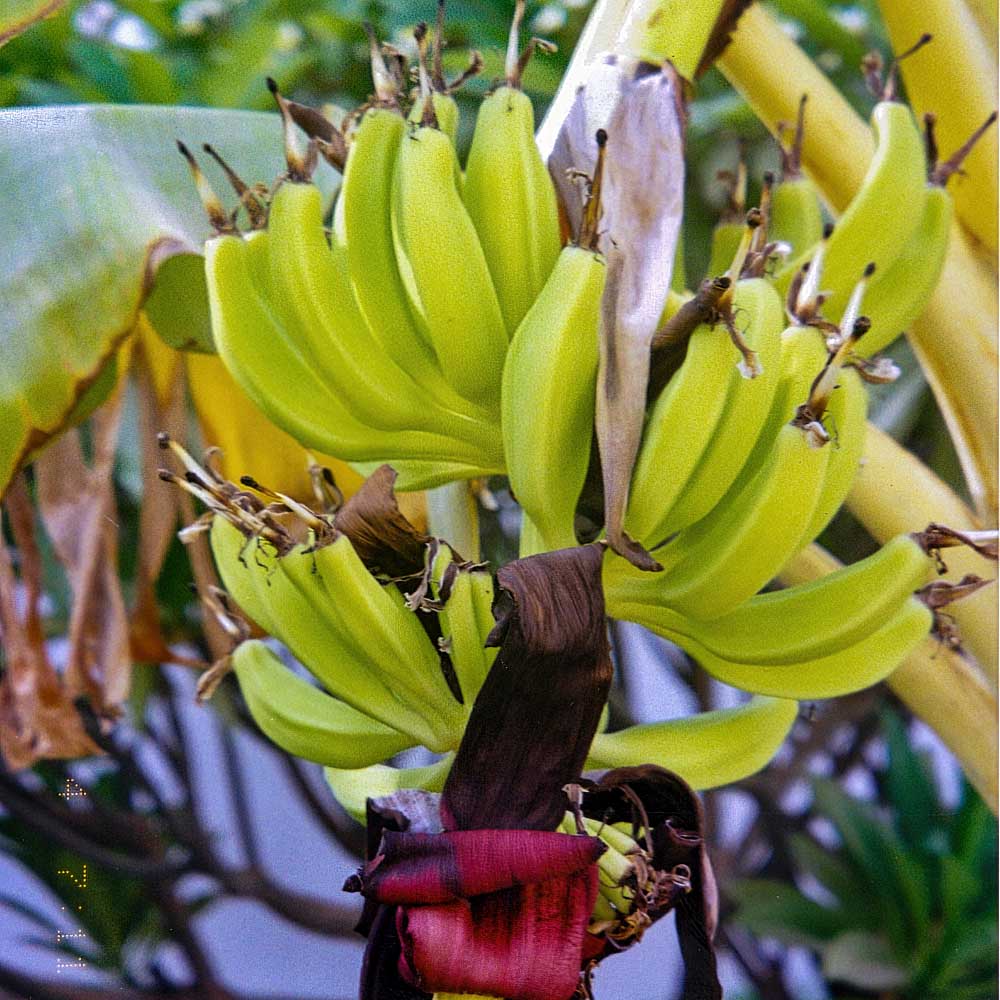
Gardens can make your Business grow too!
By the mid 1980s, gardening was no longer just a leisure activity for Dubai's Residents.
Gardening became big business as more and more green areas developed associated with the growing number of commercial premises. Later, NPK fertiliser found its way to Dubai and became the "cure all" for lawns and gardens. NPK stands for nitrogen, phosphorus and potassium, three nutrients that compose complete fertilizers.
You'll encounter NPK when reading the contents printed on bags of fertilizer.
Gardening also moved indoors with businesses providing plants for offices, hotels etc. and earning money through maintenance contracts. Retail outlets appeared with an increasing number of flower shops importing fresh flowers, garden centres servicing both commercial and consumer markets.
Gardening in Dubai was now big business.

Established in 1975 as a plant and flower retailer, The Oleander Group has consistently expanded and flourished into the high end floral & landscaping related market. With the unmatched quality in both products & services, Oleander has diversified in both internal & external aspects of floral & landscape design. In 1978 The Oleander Group also established the first fully equipped pets store within the Emirate & the country. As pioneers in the national market, both Oleander Flowers and Animal World is unmatched in quality, service & diversity.
Oleander flower shop is our first and oldest establishment that was created in 1975 at a time when Dubai and the UAE was still developing into the metropolis it is today. Being the first high end retailer of its type that provided floral products and landscaping from Europe within the UAE, Oleander flower shop was notorious for its quality, service and diversity both in products and services.
Oleander Flowers Website

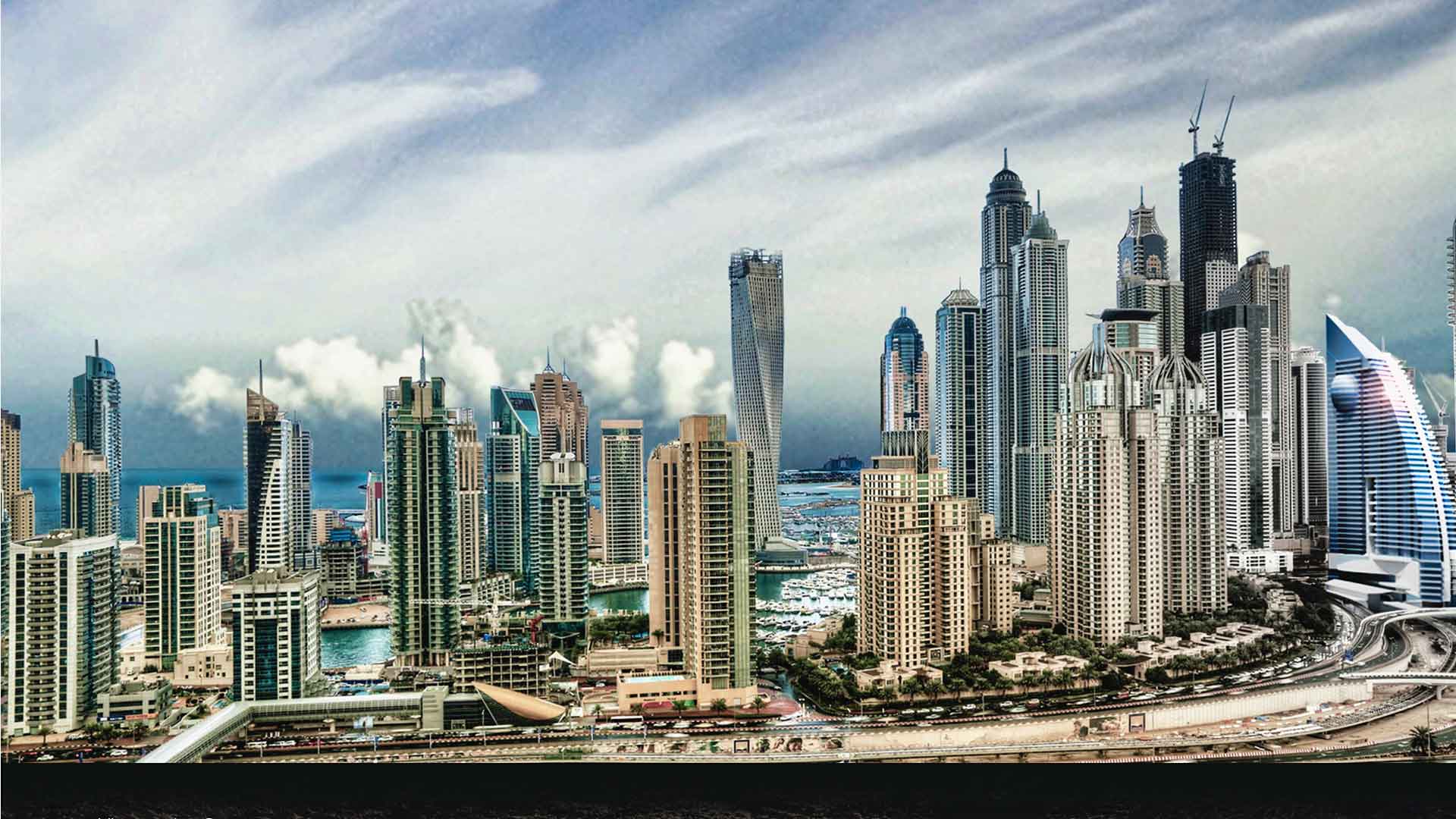
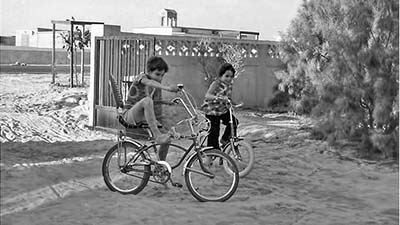 Modern Dubai is surrounded by trees, grass and plants both indoors or out.
Modern Dubai is surrounded by trees, grass and plants both indoors or out.






